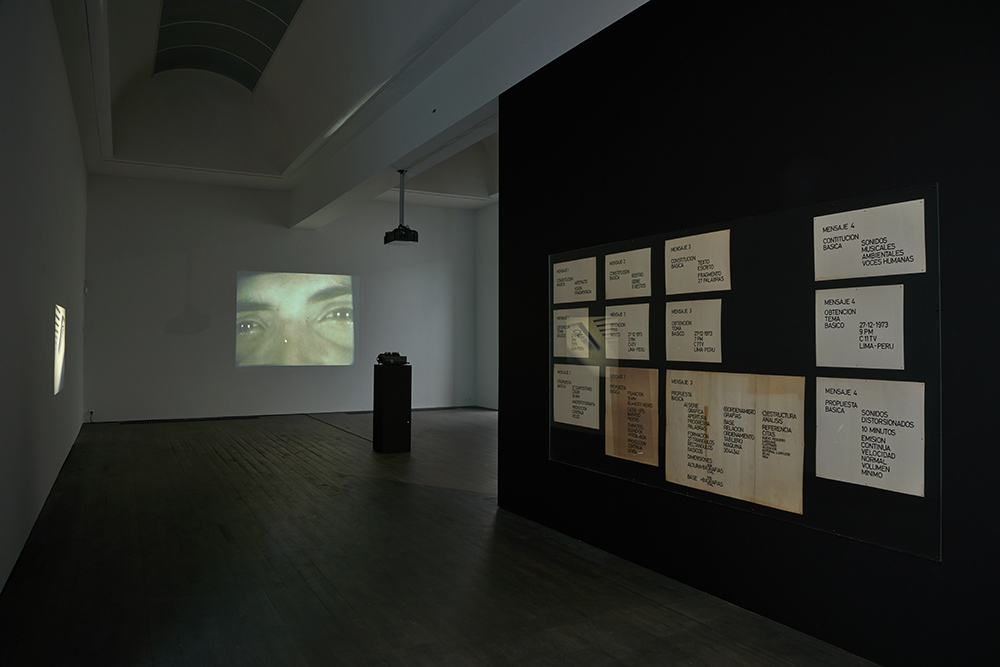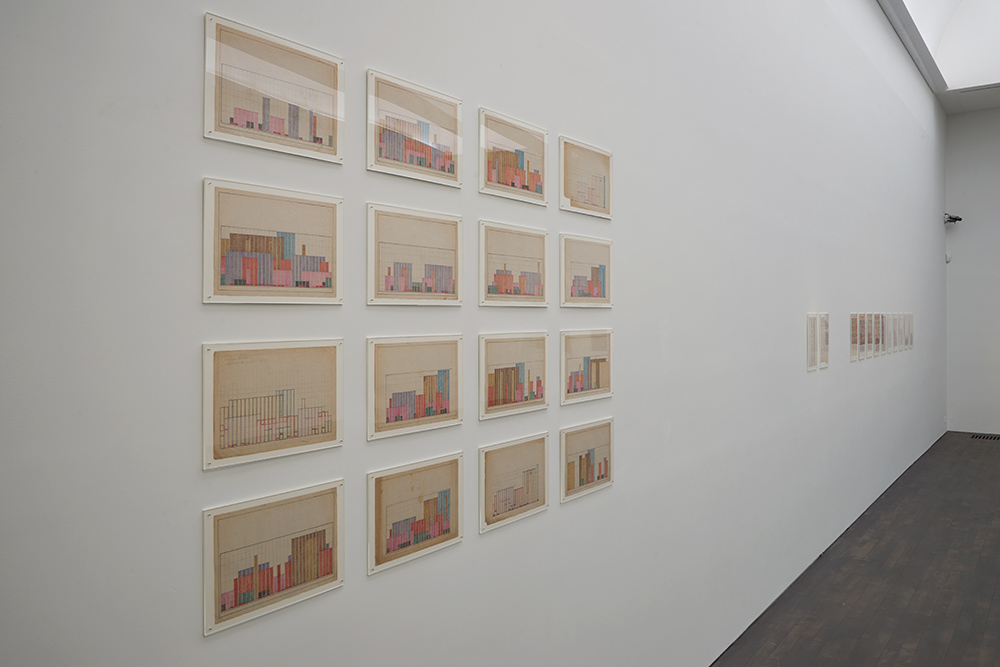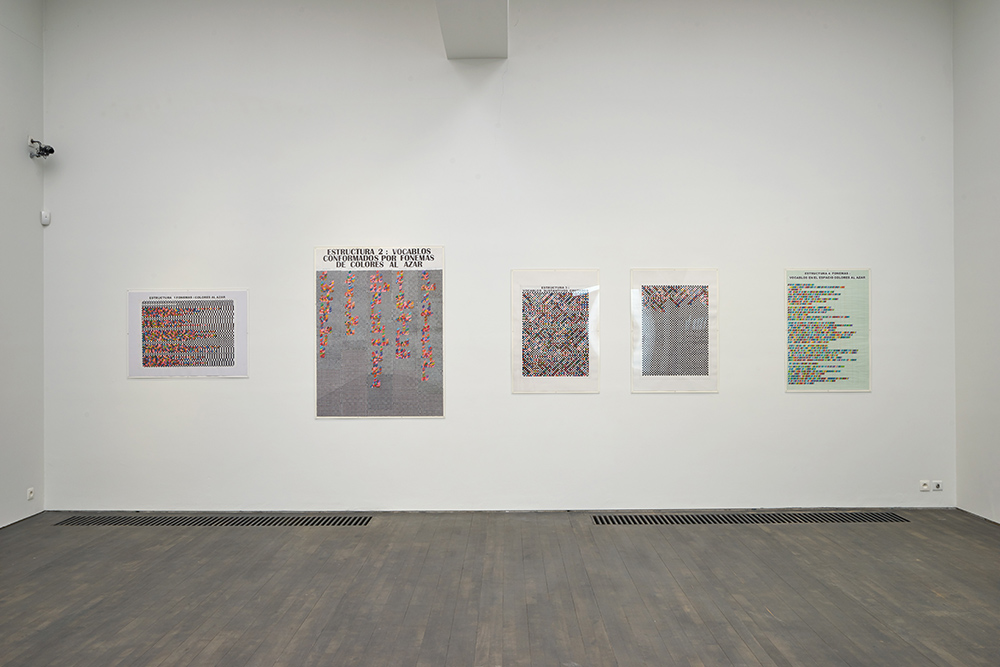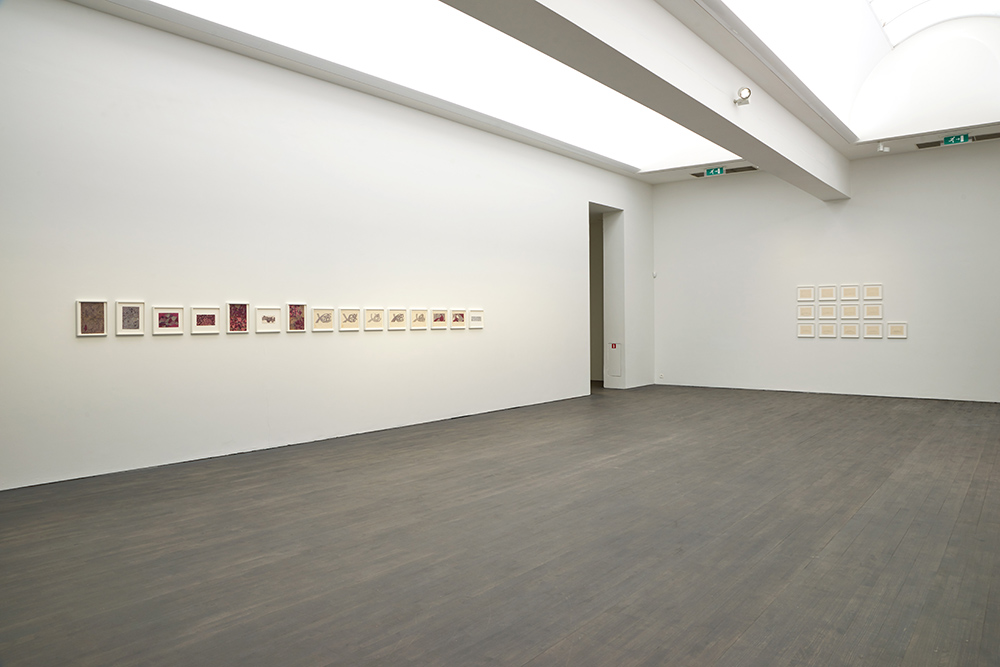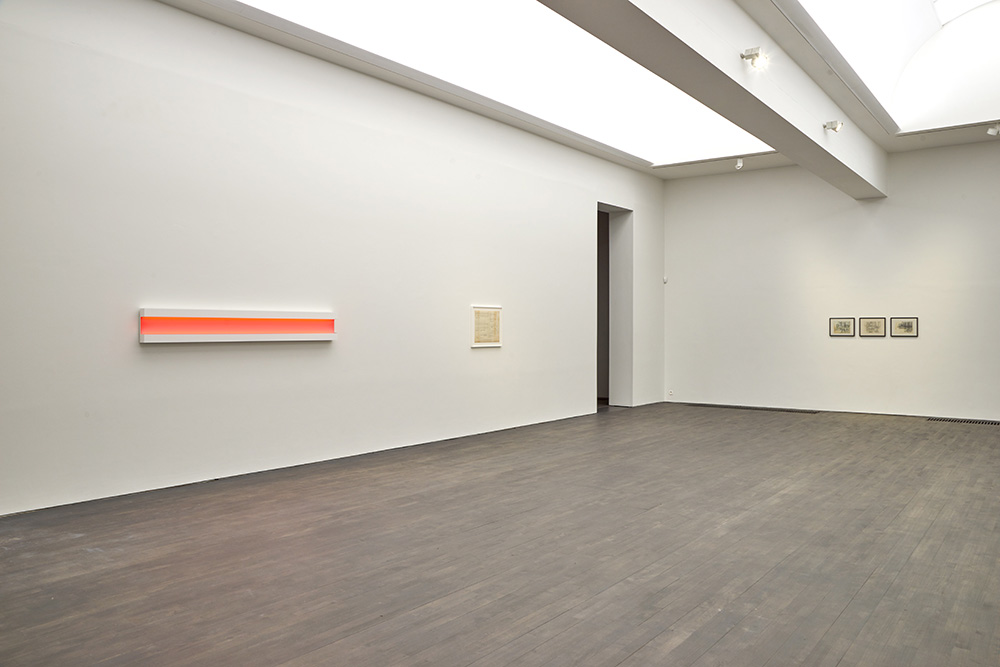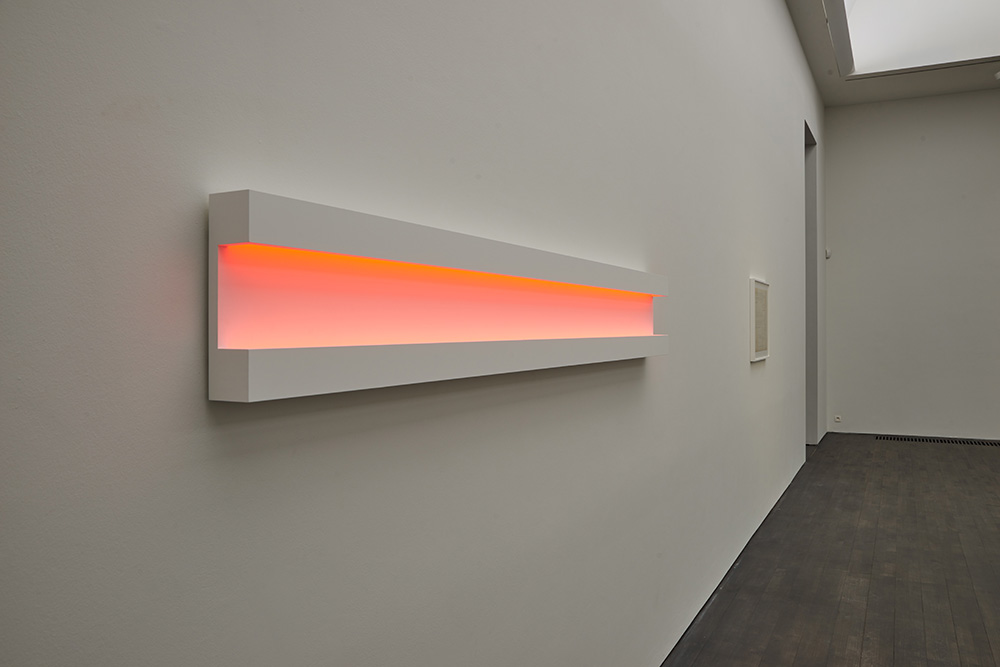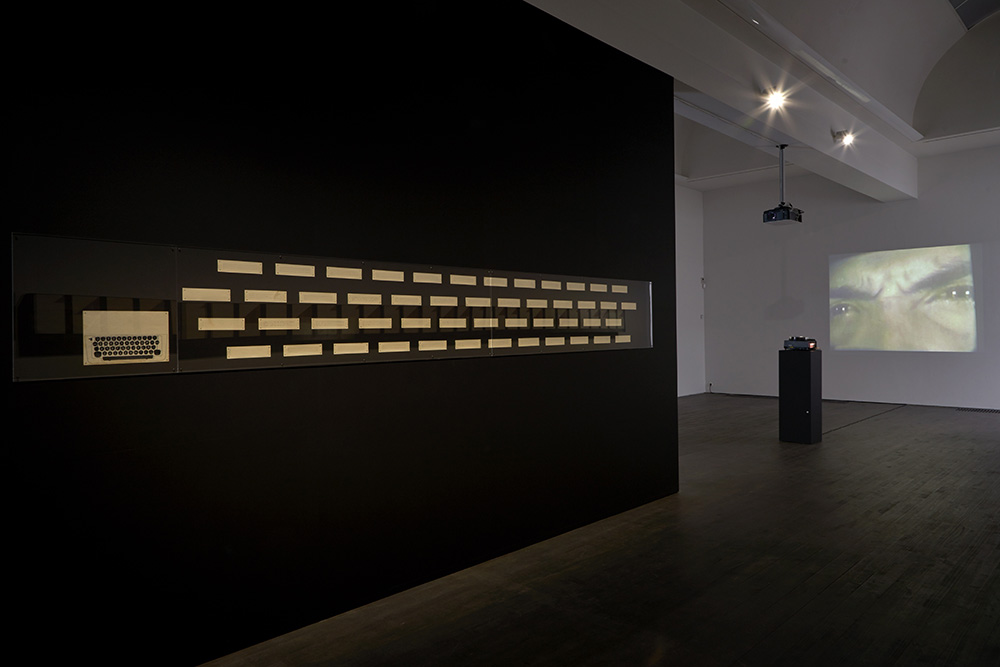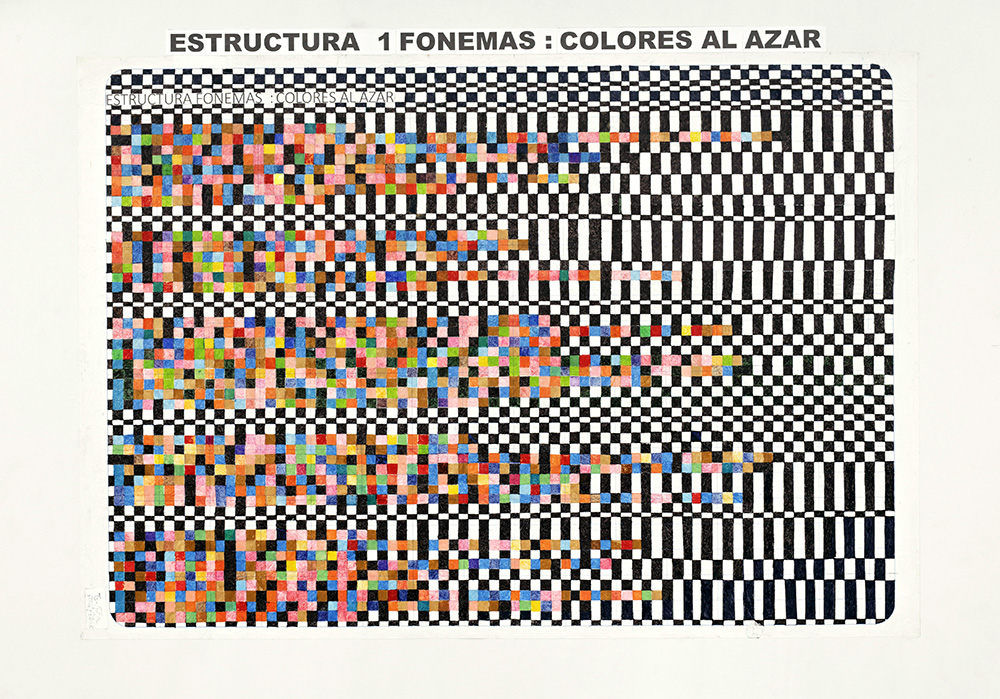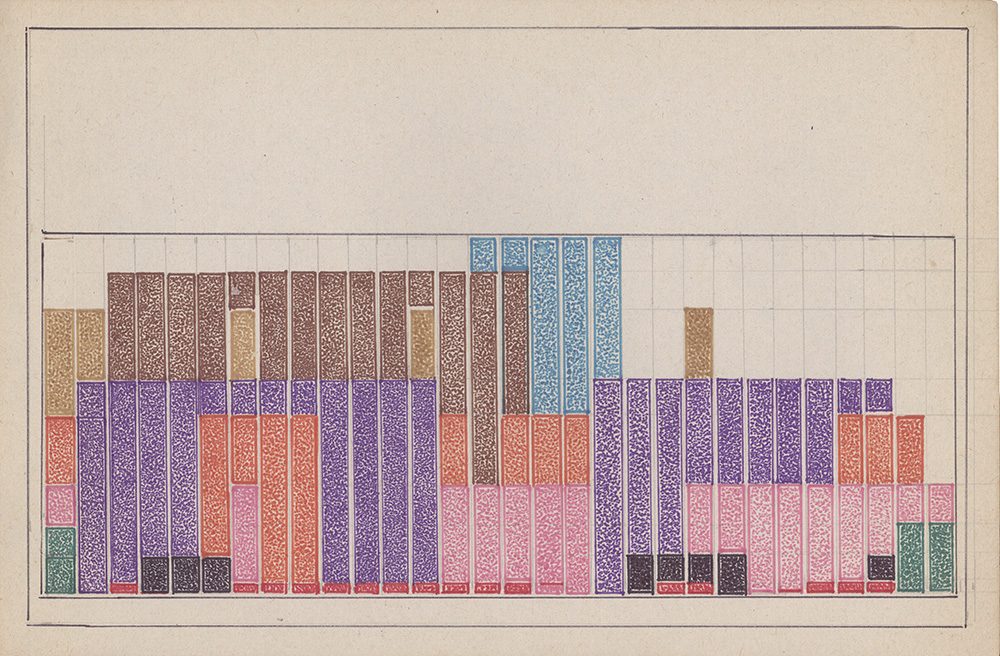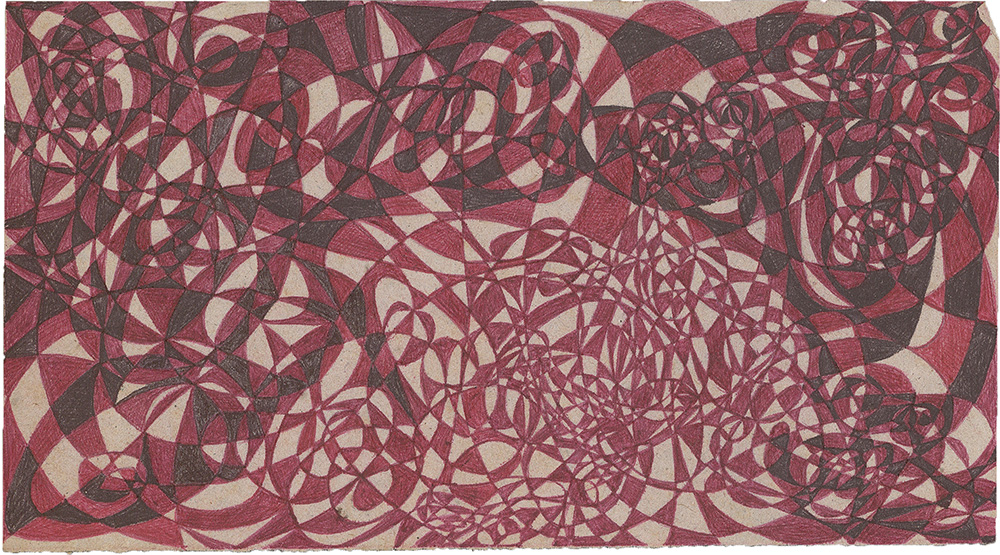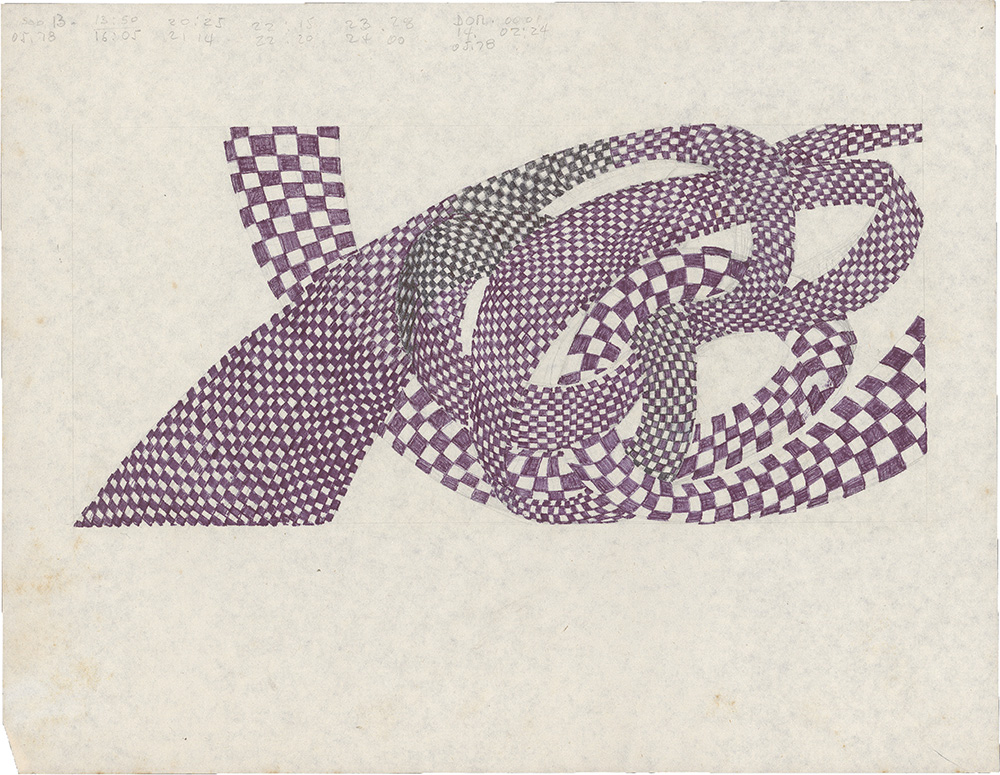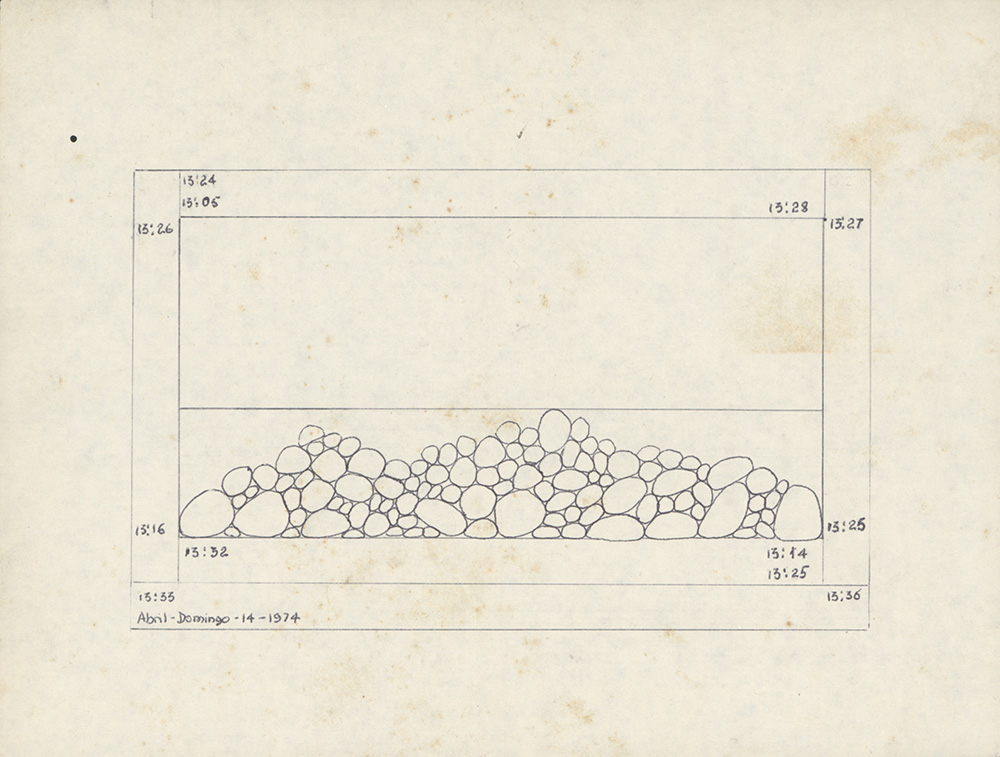ART-PRESENTATION: Teresa Burga-An Artist or a Computer?
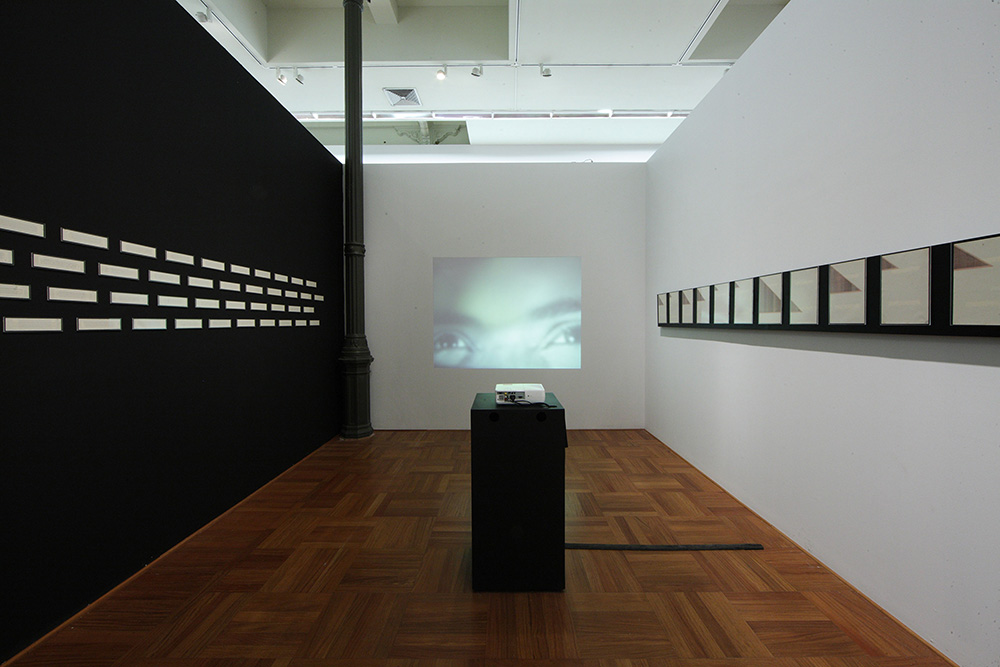 Teresa Burga is an important figure in the recent history of Latin-American art, she is one of the representatives of the renovation of Peruvian art during the 1960s and 1970s. As part of the Grupo Arte Nuevo (1966-1967) and subsequently developing her individual practice, she was one of the precursors of the dissolution of the art object incorporating experimental processes and new creative strategies to produce a rigorous body of conceptual work.
Teresa Burga is an important figure in the recent history of Latin-American art, she is one of the representatives of the renovation of Peruvian art during the 1960s and 1970s. As part of the Grupo Arte Nuevo (1966-1967) and subsequently developing her individual practice, she was one of the precursors of the dissolution of the art object incorporating experimental processes and new creative strategies to produce a rigorous body of conceptual work.
By Dimitris Lempesis
Photo: S.M.A.K. Archive
Teresa Burga’s solo exhibition “An Artist or a Computer?-Conceptual works from the 1970s” provide an insight into her conceptual work on the basis of the installations “4 Mensagjes” (1974) and “Borges” (1974), plus several drawings and objects from the 1970s. There is a particular focus on the experiments with the coded rendering of language and on projects on the topics of rhythm and the passing of time. “4 Mensagjes” was originally titled “Structure-Report-Codes-Comprehension-Messages”, in it, Burga appropriates four sentences or “messages” taken at random from different national television channels, at different times, on the same day (27/12/1973), which are transformed into new sign structures. The first comprises the “fragmented vision” of an artifact (close-up of a calculator) via the projection of slides on the wall; the second, by the filming of a face making three dumb gestures: the third, by the graphic-visual conversion of a written text; and lastly, the emission of taped distorted sounds. In “Borges” Teresa Burga rearranged the 1929 poem “La noche que en el Sur lo velaron” by Jorge Luis Borges to create an analytical-poetic installation of great visual power. Burga dissected sounds and verses, drew grids on technical drawing paper, coloured them in with a felt-tip pen, made notes, copied, calculated and cut and pasted them, giving Borges’ poem a bureaucratic aesthetic twist, and linking in her work social sciences, poetry and art. Born 1935 in Iquitos, Peru, and educated in Lima and later at the School of the Art Institute of Chicago as a Fulbright scholar, (1968-70), Burga returned to live and work in Peru. Before her time in Chicago, she was part of the group Arte Nuevo, which was instrumental in introducing Op Art, Pop Art, and Happenings to the Peruvian Avant-Garde scene, while also questioning art-world hierarchies. Teresa Burga commenced her activities in 1960s Peru as a pop artist and later turned to conceptual art. In this given context, she seemed to be doomed to remain invisible or to quickly fade into oblivion: she was an artist, a woman and Peruvian under a military regime, and a rebel in a traditional patriarchal system. In addition, her work did not have the figurative, folkloric character that was expected, but was conceptual, immaterial and leaned more towards academic research than free artistic imagination. Burga’s main concern in this period was to question and redefine accepted notions of femininity in relation to the mass media and domestic labor. Her early environments presented domestic scenes oversaturated by the colors and symbols of pop culture. Her female figures, painted over two-dimensional, bright surfaces – sometimes over furniture – parody portrayals of femininity, while humorously reminding the viewer of children’s toys: dysfunctional apparatuses that pre-date her later investigations into diagrammatic representation. In the 1970s, Burga developed creative strategies and experimental processes based on information technology, scientific protocols and analytical concepts. Unlike many of her female contemporaries, who use the body as the symbolic core of their committed examination of reality, Burga’s work took the form of extensive reports, meticulous diagrams and designs for absurd machines. She documented actions from the past, formulated instructions for future projects and quantified entities like her body, poems or social groups in accordance with strict codes. Although she was not openly political, through her unorthodox practice she questioned aspects of modern society such as visual representation in mass culture, the automation and bureaucratisation of work and leisure, and woman’s identity. Burga clearly distanced herself from any personal style. She saw art as an open process in which artists formulate proposals that the viewer can complete by adding meaning. Despite the fact that her work was never really understood in Peru, Burga succeeded in mounting several exhibitions there until the 1980s. After that she continued drawing and developing projects without interruption, though she then stored her work in boxes that remained closed for thirty years. In about 2010 she was rediscovered and her work was shown in several international exhibitions, including the Istanbul Biennale (2011), the Venice Biennale (2015) and the travelling exhibition Radical Woman: Latin American Art, 1960-1985 (2017-18).
Info: S.M.A.K., Municipal Museum of Contemporary Art-Ghent, Jan Hoetplein 1, Gent, Duration: 9/3-13/5/18, Days & Hours: Tue-Fri 9:30-17:30, Sat-Sun 10:00-18:00, http://smak.be
